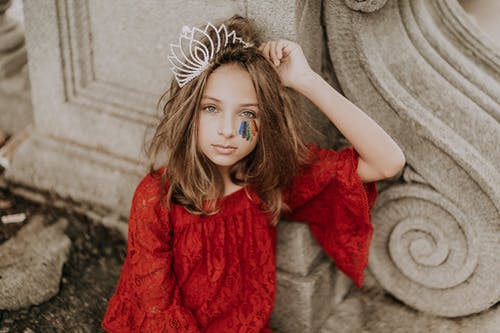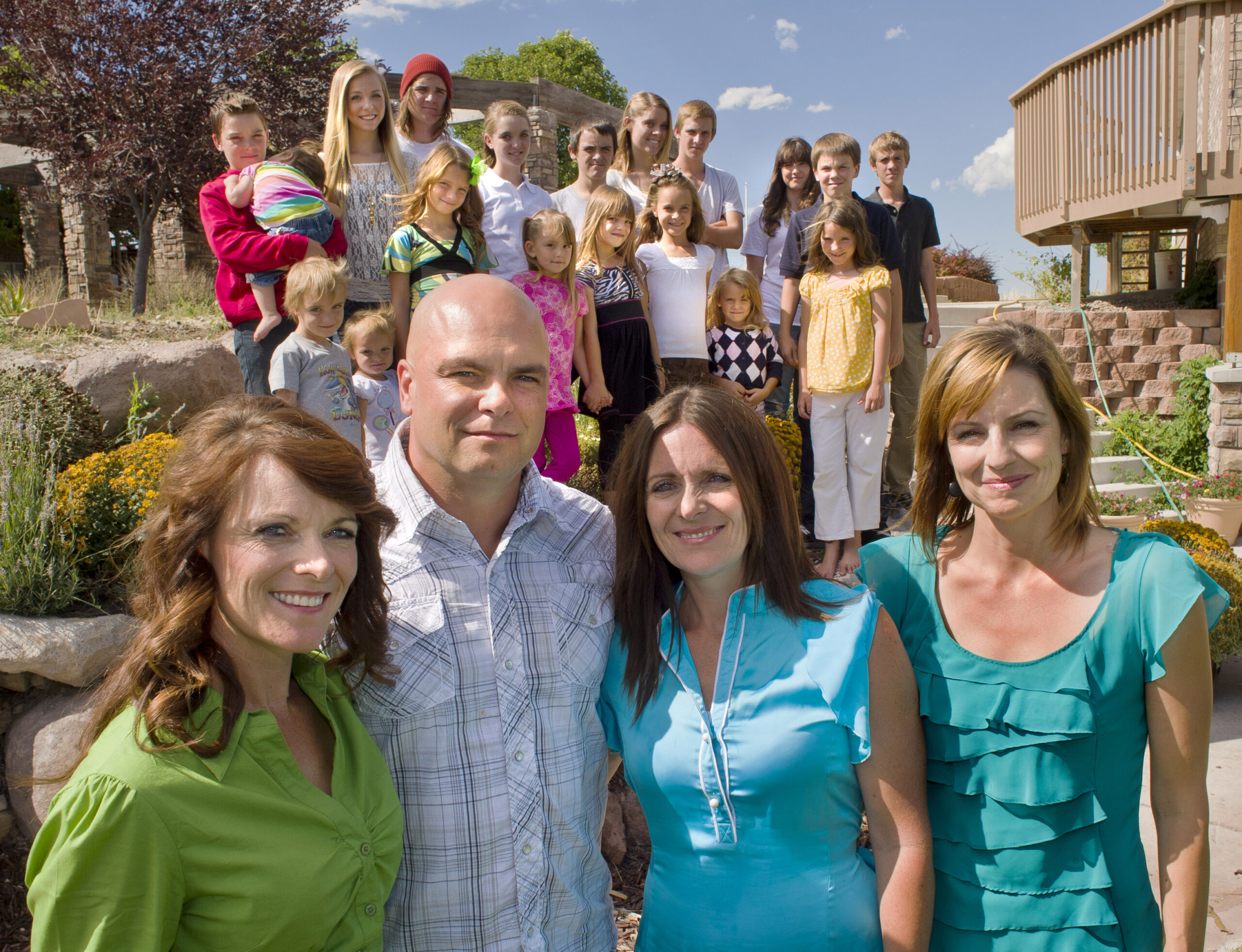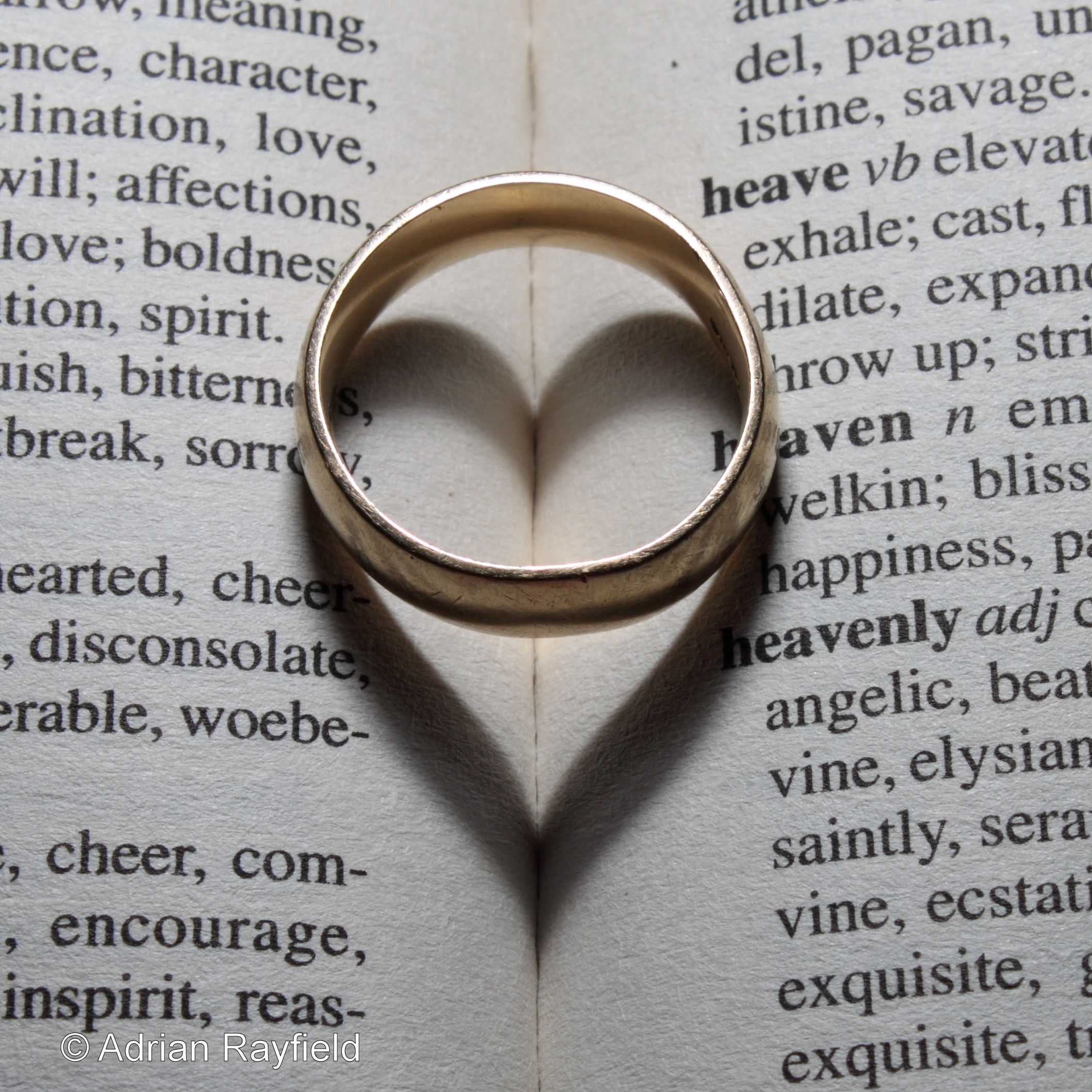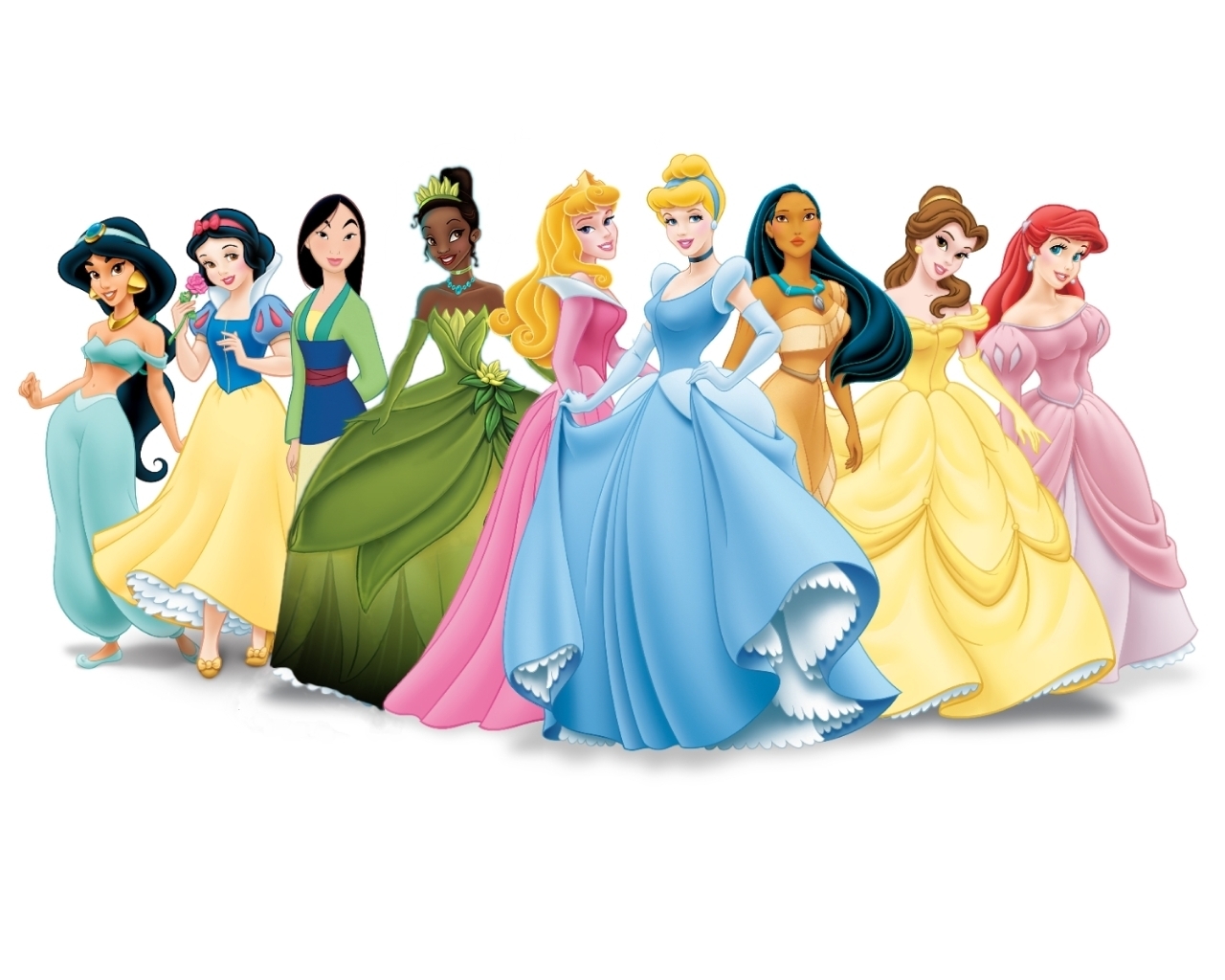Editor’s Note: “Life Quest(ions)” is a quest to find answers to questions many think about but often don’t get to explore. Whether the question revolves around researching a life path someone has always wanted to take or a question about whether an activist movement is truly fighting for the community they say they’re activating for, writers in Kelley Crawford’s Alternative Journalism course at Tulane University dove into research and study to find answers. You can check out the accompanying pieces and more Life Quest(ions) on ViaNolaVie’s Instagram as well.

Does the dream of “happily ever after” destroy our own happiness? (Photo by: Misha Voguel, Pexels)
Feminists argue that “The passive and pretty heroines who dominate popular fairy tales offer narrow and damaging role-models for young readers.” Princesses become idols and instill hope for around 96% of preschool aged girls. Of the twelve official Disney Princesses, all end up being married to, engaged to, or committed to a man except two: Merida and Moana. This seemingly harmless obsession with princesses, romance, and finding a ‘happily ever after’ love has created 500 million dollars in profit for Disney.
The Little Mermaid and Cinderella depict the harms of ‘happily ever after’ and objectification. Ariel willingly sacrifices her voice to desperately pursue a man she has only seen in passing and never actually met. Cinderella was saved from her evil stepmother’s regime by Prince Charming, who whisked her off her feet and searched relentlessly for her after only sharing one dance together at the ball. These fairy tales “set up false expectations of womanhood, as each female protagonist takes little action and relies upon her own beauty in pursuing her primary objective of finding and marrying her ‘Prince Charming.’” Ariel is valued solely for her captivating legs, while Cinderella’s image is centered around her delicate, small feet.
“Traditional fairy tales are always based on the concept of heterosexuality” and “fuse morality with romantic fantasy,” according to Lisa Rettl. Who someone loves, though, should not be a moral issue. Psychiatrist Scott Peck views love as an action rather than a noun. He notes that, if “love is as love does, we would not use the word in a manner that devalues and degrades its meaning.” In addition, the objectification of traditional princesses shows that they are merely “chosen for beauty to be the object of male desire.” The male gaze, especially in film, portrays women as “the primary embodiments of pleasure.” This objectification shown in fairy tales carries over into modern reality, where real consequences occur as a result. According to Unicef, “sexual objectification contributes to harmful gender stereotypes that normalize violence against girls.” In fact, “In the United States, 18 percent of girls report that by age 17 they have been victims of a sexual assault or abuse.” Rape is the most underreported crime and is perpatuated by rape culture, which links “the objectification of women’s bodies […] to creating a society that disregards women’s rights and safety.” These real-life consequences that are a result of the misleading ideals reinforced by fairy tales raise the question of “How does one achieve happily ever after?”

Disney World (Benjamin Suter via Pexels)
Achieving “Happily Ever After”: Step 1: Find Your One True Love
Finding your one true love requires absolutely minimal to no effort in fairy tales. Cinderella meets Prince Charming at a ball where they start dancing without previously having said a word to each other. In contrast, over 75% of Americans interested in dating report having difficulties finding a life partner. Whether it is due to difficulty approaching others or trouble finding someone who meets expectations, finding someone you can see yourself spending the rest of your life with is by no means a simple task. Limiting yourself to the idea that you are destined to only be with one person or only have one soul mate “leads to less commitment when there are relationship difficulties.”
One way to avoid this hyper-focused perspective all together is to engage in a polygamist relationship. Dossie Easton writes about plural relationships, noting: “One of the most valuable things we can learn from open sexual lifestyles is that our programming is changeable. […] It is the new love without limits.”
The Darger family, the real-life inspiration behind HBO’s hit show Big Love, consists of Joe Darger, his three wives Alina, Vicki, and Valerie, and their twenty-four children. The realistic polygamous family recalls that “as we fell in love, it often seemed like the rest of the world was against us.” To them, though, being a plural family “always felt right.”

The Darger Family (Giovanna Hueb via Flickr)
Achieving “Happily Ever After”: Step 2: Build A Loving Relationship
In all relationships “disagreement, conflict, and incompatibility will arise.” Fairy tales rarely, if ever address financial conflicts, infidelity, communication issues, and more. While conflict is inevitable, Kira S. Birditt states that conflict resolution and “constructive behaviors lead to improvements in evaluations of marriage and increases in marital satisfaction and stability”
The Darger family encounters common relationship struggles just as any typical monogamous couple would. While the average US family has 1.93 children, the Darger family is responsible for eleven boys and thirteen girls. With so many mouths to feed, their grocery bill piles up to around $700 a week. According to Gary W. Lewandowski, “Being 100 percent certain about your relationship (or anything) is 100 percent impossible. Every relationship has moments of doubt and uncertainty.” Alina, one of the three wives, expressed these doubts, noting:

Wedding Ring (Adrian Rayfield via Flickr)
“I thought of all the things I would be giving up, according to the standards of the world, if I agreed to a dual courtship…mainly, the luxury of a one-on-one relationship where I wouldn’t have to think of anyone else as I fell in love. I would have to build two relationships, not just one, from scratch, at the same time, and to the same depth. I wasn’t sure I was capable of that. I knew it would take a huge amount of openness and honesty. Was I ready and willing to trust that deeply? […] Was Joe mature enough to handle the emotions and feelings of [multiple] women sensitively and fairly?”
Though Alina and the other wives had healthy doubts on entering a plural marriage, Alina affirms that “all concerns collapsed.” Neuroscientist Baland Jalal states that “jealousy is hard-wired in all of us.” In times of jealousy, the spouses have found that being communicative and making a commitment to family by leaning on one another for support is essential. Financial struggles, jealousy, and doubt are navigated by, “trust[ing] each other completely and talk[ing] openly and honestly, all the time, about everything.” Valerie Darger notes that this communication “comes back around to trusting that we all want for each other what we want for ourselves.”

Disney Princesses (jordan23queen via Flickr)
Achieving “Happily Ever After”: Step 4: Live Happily Ever After
All of the Disney Princesses who are in relationships end up living ‘happily ever after.’ In the United States alone, though, over 40% of marriages end in divorce. With such a low success rate, one of the more commonly posed questions to happy couples is “what’s the secret to a happy marriage?” The true response to this question is so incredibly individual to each person and each relationship. While some claim happy marriage is attributed to “expecting and accepting change” or “compromising,” the reality of this low success rate is that “all this ‘happily ever after’ bullshit is just setting people up for failure.”
The Darger family is most definitely not the picture of ‘happily ever after’ that is ever portrayed in fairy tales. In fact, only 2% of the entire world population lives in a polygamous household. Approval ratings for polygamous relationships are at an all time high of 17% in the United States. Despite this growing acceptance, polygamy is a third-degree felony, punishable by up to five years in prison in the state of Utah, where the family lives. It is a concern the family is aware of, but does not deter them from being transparent because they believe that if “all we see are negative portrayals, and if we don’t look at the opportunities that are out there for us to live in this country and be free, and speak up in that way, then our rights are going to be taken away from us.” Their right to be a family is legally forbidden. Why strive for ‘happily ever after’ when you can achieve love without limits?
 NOLAbeings
Multimedia artist Claire Bangser created NOLAbeings as a portrait-based story project that marries...
NOLAbeings
Multimedia artist Claire Bangser created NOLAbeings as a portrait-based story project that marries...
 Data corner: Adobe Suite (create a PDF, social media graphic, presentation, edit a photo and video
Data corner is where you go to work with analytics and top tech skills. It takes on everything from PERL and SQL to Canva and Sprout Social.
Data corner: Adobe Suite (create a PDF, social media graphic, presentation, edit a photo and video
Data corner is where you go to work with analytics and top tech skills. It takes on everything from PERL and SQL to Canva and Sprout Social.
